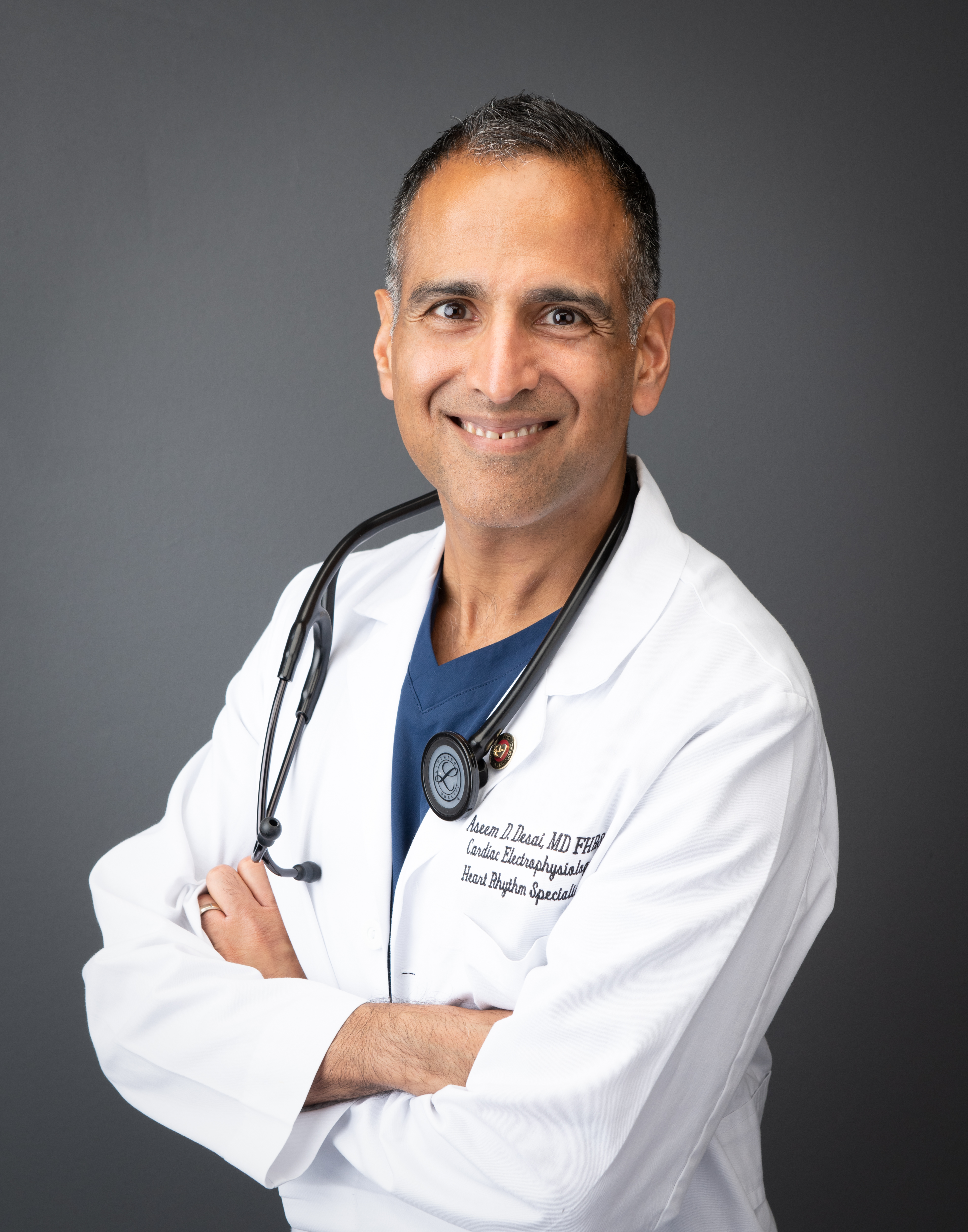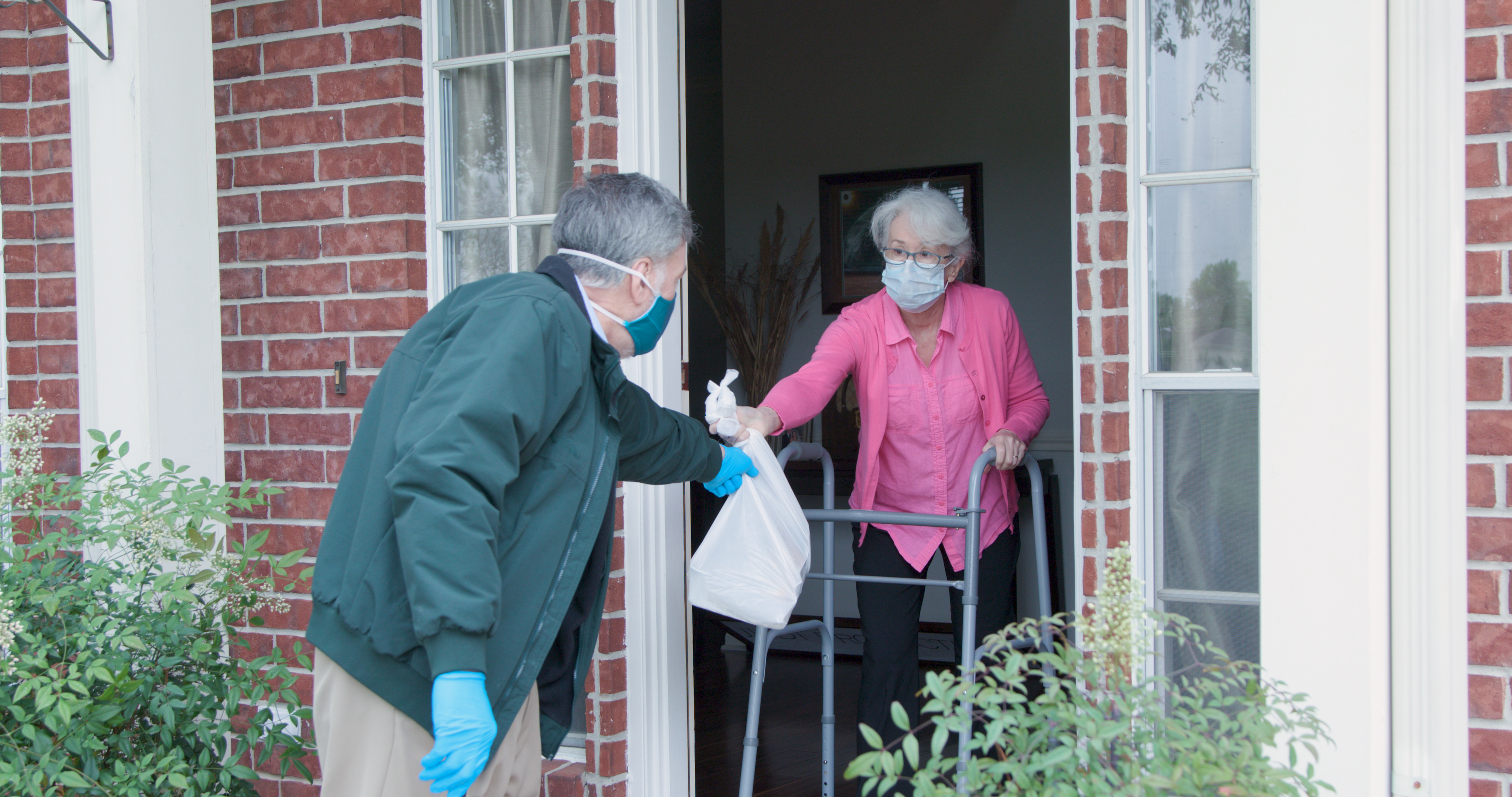Right now, we are facing a living nightmare. Thousands of people across the globe, perhaps even people we know, are dying from COVID-19. This pandemic has left death and disability in its wake. The main way we are being asked to help is by staying at home in order to lower the chances of the virus spreading from person to person. This is especially important since it has been shown that asymptomatic carriers of the novel coronavirus can spread the disease.
While we are being asked to stay at home and socially distance, we hear and read stories about health care workers on the front lines risking their lives to save our fellow human beings. And they themselves are falling prey to this terrible disease. This adds an additional layer of guilt for many of us.
So, we sit at home and ask the question, “how can I help?”
This is where compassion comes in. In defining compassion, it is important to distinguish it from empathy. Empathy refers to our ability to take the perspective of and feel the emotions of another person. Compassion is when those feelings and thoughts include the desire to help – especially to help another in distress. Compassion is taking action.
The challenge for many of us is that we do not know what needs other people have and how we can best offer help. Furthermore, many of us are already emotionally, mentally, and physically drained from the major changes in our day-to-day lives.
The beauty of compassion is that it can come in many forms. Praying for your fellow citizen is a form of compassion and takes little time and energy. Staying at home to prevent transmission of the virus is another form of compassion. Compassion is something which can be learned and honed as a skill. It is not a character trait only certain people are born with.
To build compassion, it needs to start with developing self-compassion. Discovering behaviors and rituals that make you feel good mentally, emotionally, and physically. Then, you are recharged so that you have enough capacity and energy to help someone else. Akin to putting your own oxygen mask on first before helping another.
With compassion, it is often thought of as a win/win/win. The first win is obvious – someone is being helped by another. The second “win” is that one’s own well-being is often boosted by helping another. Some call this “mutual aid.” It is where there is a reciprocal exchange of goods or services for mutual benefit. In the case of compassion, one person is getting physical help from another, and the other person is getting an emotional/mental boost from helping the other.
The emotional-mental benefit of compassion has been shown repeatedly in scientific studies. Areas of the brain which produce oxytocin, the so-called “bonding hormone” which fosters social connections, are activated through acts of compassion. Similarly, there are boosts in dopamine, the brain’s “feel-good” hormone.
The third “win” is that of building an upward spiral in a community. When one person is helped by another, that person is more likely to help another person. And then the act of compassion goes viral. And that is a critical way we can beat this virus.
Compassion helps us sacrifice for the greater good. It helps us deal with social isolation. It is a way to maintain connection.
It is important to note that too much empathy or too much compassion can result in fatigue or burnout. This is where a lovingkindness meditation practice can be very effective. Lovingkindness meditations transition you from self-compassion to compassion for others. It helps to recharge your sense of compassion if you feel burned out.
Here is an example of a lovingkindness meditation practice:
Close your eyes and give attention to your breath. Notice how you feel. Breathe in through your nose and out through your mouth. Start the practice by saying the following phrases: “May I be happy, may I be healthy, may I be safe, and may I live with ease.” Feel the center portion of your chest, often called the “heart space.” There may be a sense of “fullness.” Then, think of someone that is very easy to care about – a loved one, a pet, etc. Feel that person and emotion for them in your heart space in the center of your chest. Repeat the phrases sending them the good wishes: “May you be happy, may you be healthy, may you be safe, and may you live with ease.” Repeat this practice with someone you are indifferent towards (the local coffee shop barista, a neighbor you don’t know well, etc.). Then, repeat the practice with someone you have a challenging or conflictual relationship with. Lastly, repeat the phrases to the community and world around you: “May all beings be happy, may all beings be safe, may all beings be healthy, and may all beings live with ease.
Dr. Laurie Santos hosts a podcast called The Happiness Lab where she reviews the science behind compassion. She interviewed a young man who started an online group called “Invisible Hands” whereby young people are paired with older people to bring groceries, meds, etc. when high risk people cannot leave their homes due to COVID-19. https://www.happinesslab.fm/
Another great resource for compassion is Real Love – The Art of Mindful Connection by Sharon Salzberg. https://www.sharonsalzberg.com/reallove/
We are social beings. Evolution has taught us that in order to survive, we must work together. Community trust (trusting your fellow citizen) is a very effective way to build community resilience when hardships strike. Studies have been done in the wake of natural disasters and have shown that social infrastructure and connections have equal if not more impact on the ability of a community to “bounce back” than physical infrastructure. Cagney and colleagues demonstrated this nicely when they studied a community hit hard by Superstorm Sandy. https://www.ncbi.nlm.nih.gov/pubmed/27579482
During this horrific pandemic, let’s make compassion go viral. Let compassion be the vaccine for society. As so eloquently said by the Dalai Lama: “Compassion is not religious business, it is human business, it is not a luxury, it is essential for our own peace and mental stability, it is essential for human survival.”
#COVID19 #compassion #mutual-aid #restartyourheart


